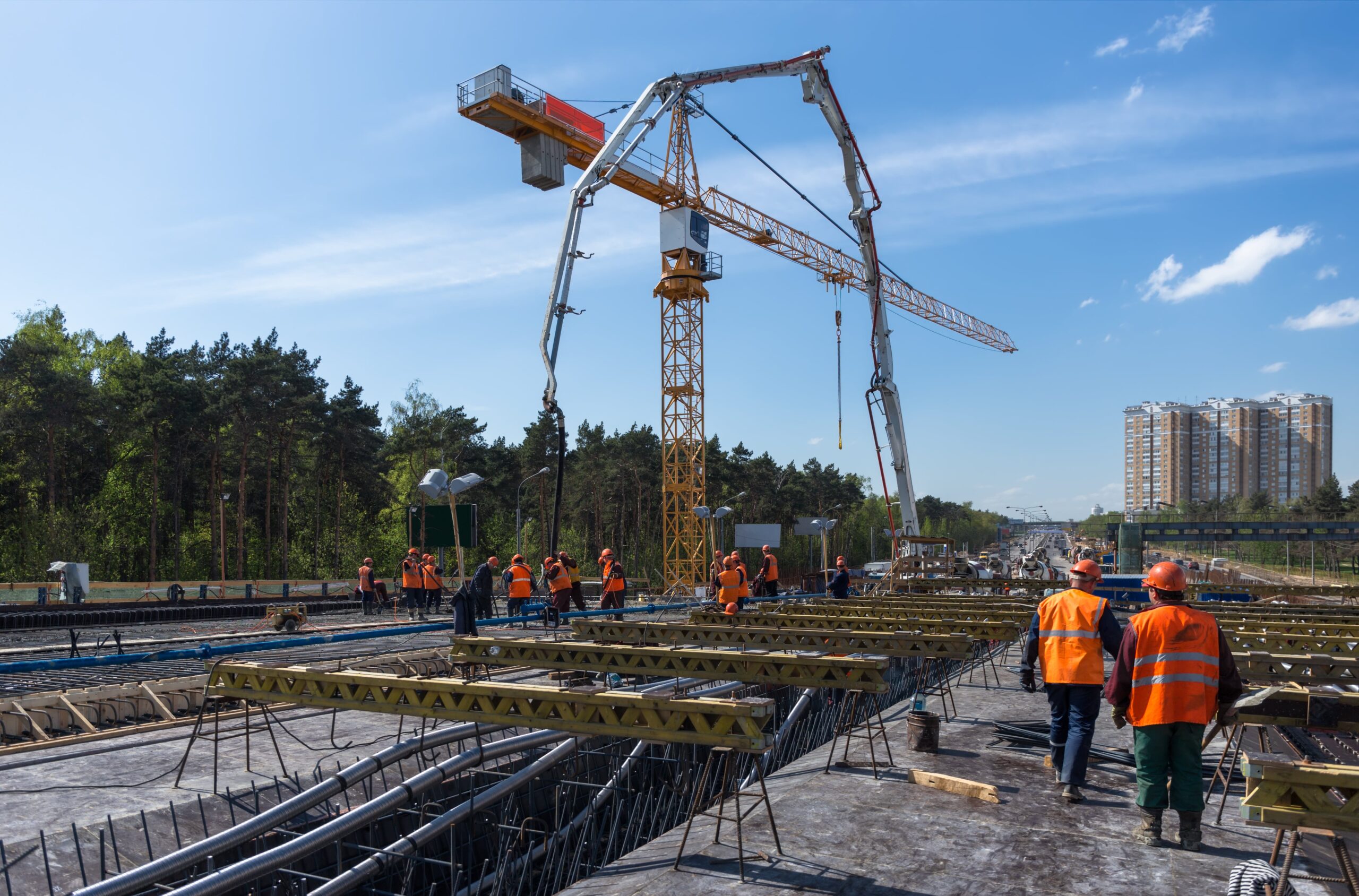Concrete footings and footers are the unsung heroes of any construction project, providing a solid foundation upon which entire structures rest. Whether you’re building a small residential home or a towering skyscraper, mastering the art of concrete footings and footers is essential for ensuring the structural integrity and longevity of the building. In this comprehensive guide, we will delve into the intricacies of concrete footings and footers, exploring everything from their purpose and types to best practices for installation.
Concrete footings and footers serve as the base upon which the weight of a building is distributed, ensuring stability and preventing settling or sinking. They are typically constructed below the frost line to prevent frost heaving, a phenomenon where soil expands due to freezing temperatures, causing upheaval. By anchoring the foundation below the frost line, builders can mitigate this risk and ensure the durability of the structure.
There are several types of concrete footings and footers, each designed to suit specific soil conditions and building requirements. Common types include spread footings, which distribute the building’s load over a wider area, and slab-on-grade footings, which are ideal for structures built on flat surfaces. Additionally, deep footings, such as drilled piers or caissons, are used in areas with unstable soil or high structural loads.
When it comes to mastering concrete footings and footers, proper installation is paramount. The process begins with site preparation, including excavation to the required depth and ensuring a level base. Next, forms are erected to contain the concrete and provide shape to the footings and footers. Reinforcement, such as rebar, is then added to enhance strength and prevent cracking.
During the pouring stage, it’s crucial to use high-quality concrete mixed to the appropriate consistency. Careful attention must be paid to ensure the concrete reaches all areas of the forms and is properly consolidated to eliminate voids. After pouring, the concrete must be allowed to cure sufficiently before removing the forms and proceeding with further construction.
Throughout the construction process, attention to detail is essential to avoid common pitfalls such as inadequate compaction, improper reinforcement placement, or insufficient curing time. By adhering to best practices and industry standards, builders can ensure the longevity and structural integrity of the concrete footings and footers.
In conclusion, mastering concrete footings and footers is indispensable for builders seeking to construct durable and stable structures. By understanding their purpose, types, and best practices for installation, builders can confidently tackle any construction project, from residential homes to commercial buildings. With proper attention to detail and adherence to industry standards, concrete footings and footers will continue to serve as the solid foundation upon which our built environment stands.







